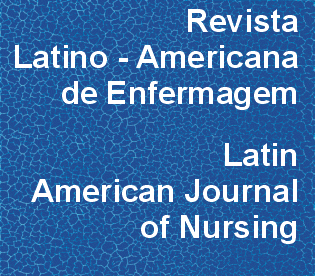Symptoms of depression and quality of life of people living with HIV/AIDS
DOI:
https://doi.org/10.1590/S0104-11692011000400004Keywords:
HIV Infections, Depression, Quality of LifeAbstract
This is a cross-sectional study conducted with 228 people living with HIV/AIDS in a municipality in the State of São Paulo during 2007 and 2008. The aims of this study were to investigate the intensity of the depressive symptoms in individuals with HIV/AIDS treated at two referral units in Ribeirão Preto, Brazil, and to compare the quality of life with the different degrees of intensity of the depressive symptoms in these individuals, according to gender. Data were collected through individual interviews, using the Beck Depression Inventory and HIV/AIDS Targeted Quality of Life (HATQoL). A total of 63 (27.6%) patients with symptoms of depression (mild, moderate and severe) were detected. The women presented more severe symptoms of intensity of depression than men. Individuals with depressive symptoms presented lower scores of quality of life than individuals without these symptoms, with statistically significant differences between the means/medians in most domains of the HATQoL. Healthcare professionals should offer integral care for people with HIV/AIDS, emphasizing the depressive symptoms.Downloads
Download data is not yet available.
Downloads
Published
2011-08-01
Issue
Section
Editorial
License
RLAE’s authorship concept is based on the substantial contribution by each of the individuals listed as authors, mainly in terms of conceiving and planning the research project, collecting or analyzing and interpreting data, writing and critical review. Indication of authors’ names under the article title is limited to six. If more, authors are listed on the online submission form under Acknowledgements. The possibility of including more than six authors will only be examined on multicenter studies, considering the explanations presented by the authors.Including names of authors whose contribution does not fit into the above criteria cannot be justified. Those names can be included in the Acknowledgements section.
Authors are fully responsible for the concepts disseminated in their manuscripts, which do not necessarily reflect the editors’ and editorial board’s opinion.
How to Cite
Symptoms of depression and quality of life of people living with HIV/AIDS . (2011). Revista Latino-Americana De Enfermagem, 19(4), 874-881. https://doi.org/10.1590/S0104-11692011000400004



